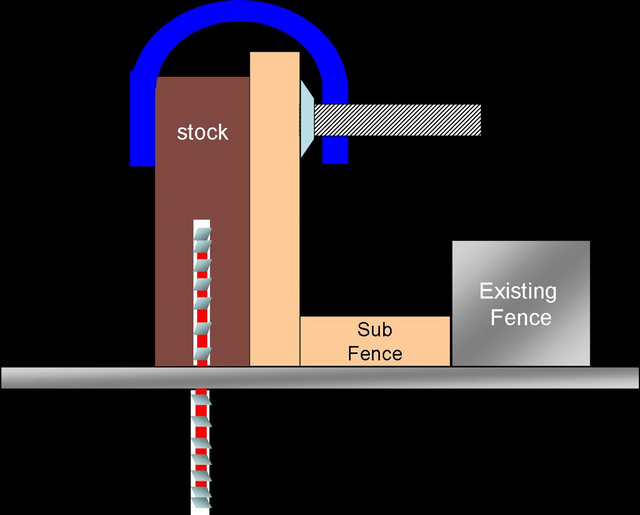Roy
I was taught to make tea first, sweep up second and then allowed near the machines. I think my problem was I am left handed and was using a push stick. My body ended up behind the timber. I taught myself to do this right handed after this incident as you are naturally to the side of the timber.
I was taught to make tea first, sweep up second and then allowed near the machines. I think my problem was I am left handed and was using a push stick. My body ended up behind the timber. I taught myself to do this right handed after this incident as you are naturally to the side of the timber.



































